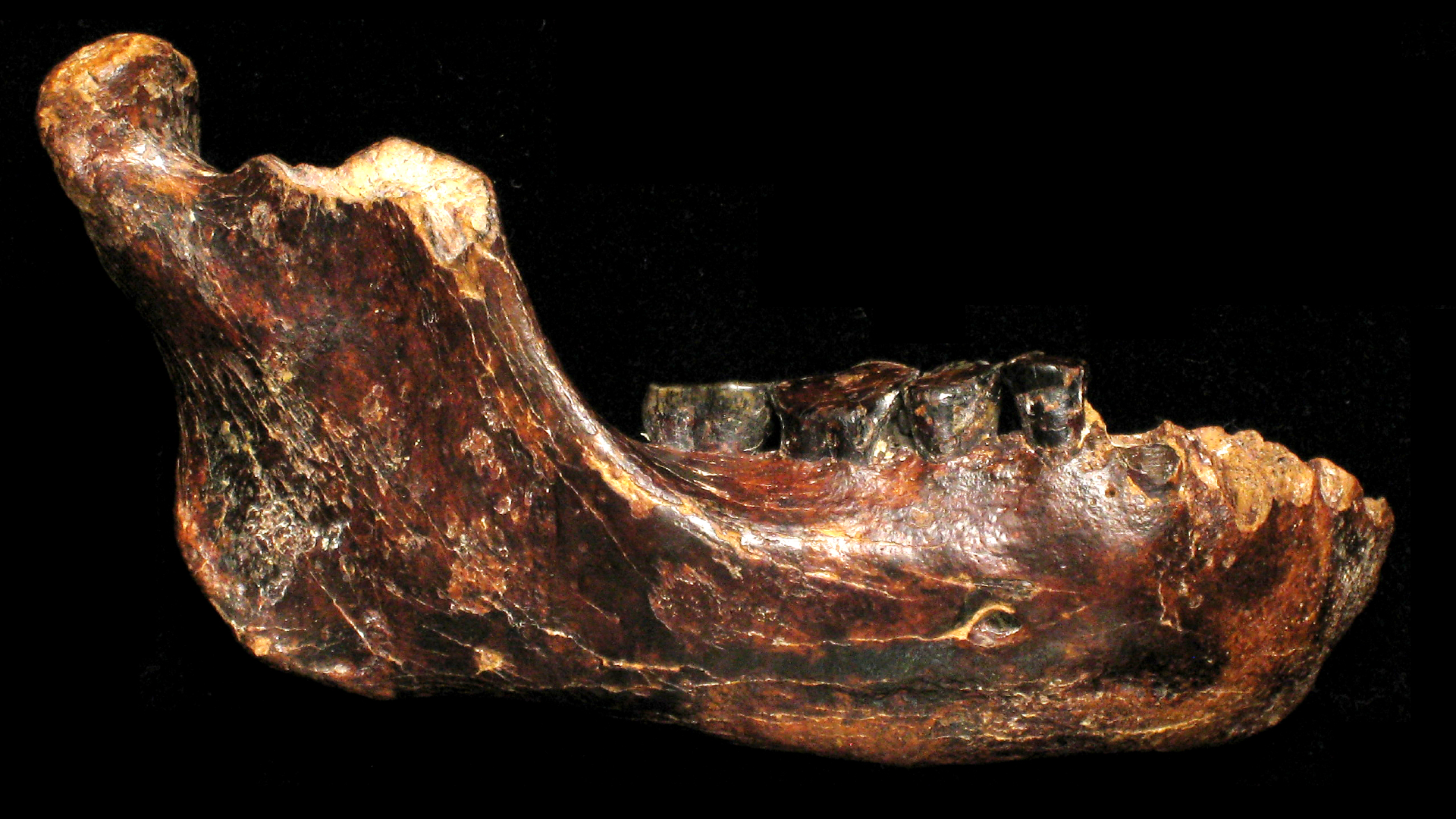Massive Gold Bar Unearthed in Mexico Was Looted Aztec Treasure
The bar was stolen from the Aztec capital by Cortes.

Nearly four decades ago, a construction worker discovered a gigantic bar of gold while excavating ahead of construction of a new building in Mexico City. Now, archaeologists have confirmed that this slab of gold was plundered from the Aztecs by Spanish conquistadors in the 16th century.
In the middle of the night on June 30, 1520, faced with an Aztec rebellion and a lack of food, Hernán Cortés and his followers stole a huge cache of Aztec treasures and fled from Tenochtitlán (modern-day Mexico City), which the conquistadors had recently conquered.
On that night, known to the Spanish as "La Noche Triste" or the "Night of Sadness," many of the Spanish soldiers drowned when their vessel sank in a now dried-up canal that fed into Lake Texcoco. And with them sank many of the Aztec treasures they were carrying — including the huge gold bar.
Related: Image Gallery: Aztec Conquest Reshaped Ancient People
In 1981, a construction worker discovered the gold bar, weighing 4.25 lbs. (1.93 kilograms), while digging for the construction of a central bank in Mexico City. Though the gold bar was found on the route that Cortés is thought to have taken, no one knew if it was truly plundered Aztec treasure.
To answer that question, a group of researchers at Mexico's National Institute of Anthropology and History (INAH) and the National Autonomous University of Mexico (UNAM) recently analyzed the gold bar using X-rays. They found that the composition of the gold — around 76% gold, 21% silver and 3% copper — matched the composition of other pieces of gold recovered by the Templo Mayor Project, an INAH excavation of the main temple used in Tenochtitlán. That suggests that the gold likely belonged to the Aztecs. The gold found at the Aztecs' Templo Mayor has less copper than the gold belonging to the Maya or the Mixtec, according to a statement from the INAH.
The gold bar matches pieces found around the monolith of the goddess Tlatecuhtli at the temple, which means the gold bar was likely cast at a similar time, sometime between 1519 and 1520, according to the statement.
Sign up for the Live Science daily newsletter now
Get the world’s most fascinating discoveries delivered straight to your inbox.
The bar is "a dramatic material witness of the Spanish conquest and unique archaeological testimony of the so-called 'Sad Night,'" Leonardo López Luján, the director of the Templo Mayor Project, said in the statement. It is now on display at the National Museum of Anthropology in Mexico City.
Editor's Note: This story was updated to correct an error. The gold bar weighed 4.25 Ibs (1.93 kg) not 4,255 Ib (1,930 kg).
- Photos: The Amazing Pyramids of Teotihuacan
- Photos Reveal the History of the Montezuma Castle in Arizona
- 7 Biblical Sites Ravaged by Modern-Day Looters
Originally published on Live Science.

Yasemin is a staff writer at Live Science, covering health, neuroscience and biology. Her work has appeared in Scientific American, Science and the San Jose Mercury News. She has a bachelor's degree in biomedical engineering from the University of Connecticut and a graduate certificate in science communication from the University of California, Santa Cruz.










